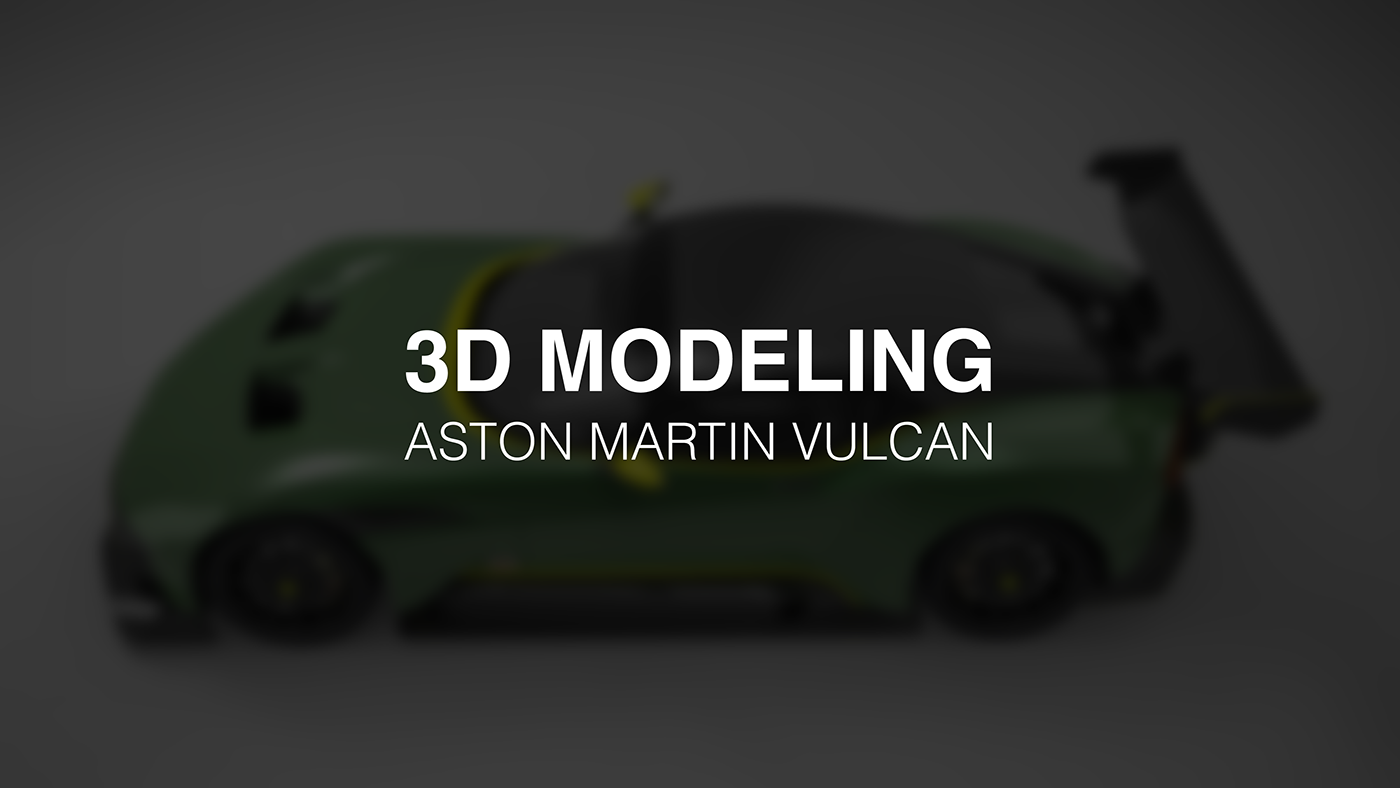
DESIGN BRIEF
Surface modeling is a critical skill for product designers as 3D model is now a key step in the design process. It allows to make the complex shapes of previous rough sketches. This 2-member school project consists of selecting a vehicle and make the best model possible. We challenged ourselves by choosing the complex Aston Martin Vulcan !


SOFTWARE
We use the Generative Shape Design (GSD) of Catia V5 to realise the whole model in G2 quality.

MODELING
We model the car according to photographies taken at the Geneva Motor Show 2017.

THE START
The first step is to create the main curves of the car. We also use them to split the surfaces and divide the work between us.

RIMS
We only use disk brakes and the Aston logo from GrabCAD but we make the rest. Starting with the rims as wheels are the first reference to build the rest of the model.



SIDE
We start to create first simple Bezier surfaces and check everytime their quality with tools. In fact next surfaces use them as a reference.




Radiator grill
The grill is on the symetry plane so as other parts like that we model half and make the symetry in the end. Consequently we have to be really careful to have a perfect match between final surfaces.





BACK WING
This part is really difficult as the geometry is complex, with different surfaces intersecting. What is important is to guarantee the G2 curvature.



REAR SPLITTER


Side-skirt


Hood



Roof



Lights


Preparation to render
It tooks us more than 200 hours each to make a really accurate model. Tools as curvature or highlight analysis allow to make a nearly industrial quality of surfaces. We are now aware of the design complexity to make such products in order to acheive best quality possible.

RENDERING
Realistic renders made with Keyshot 6.











STL MODEL

